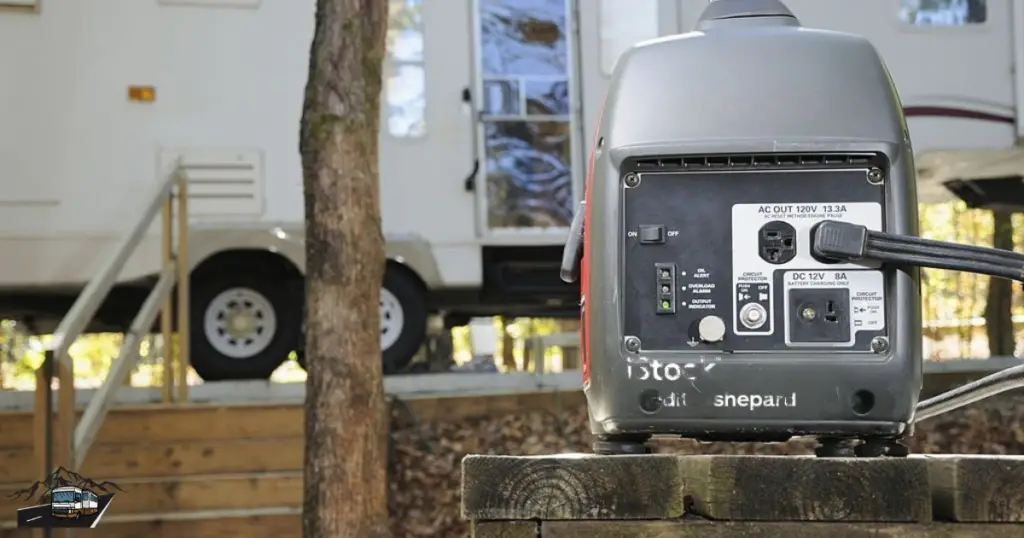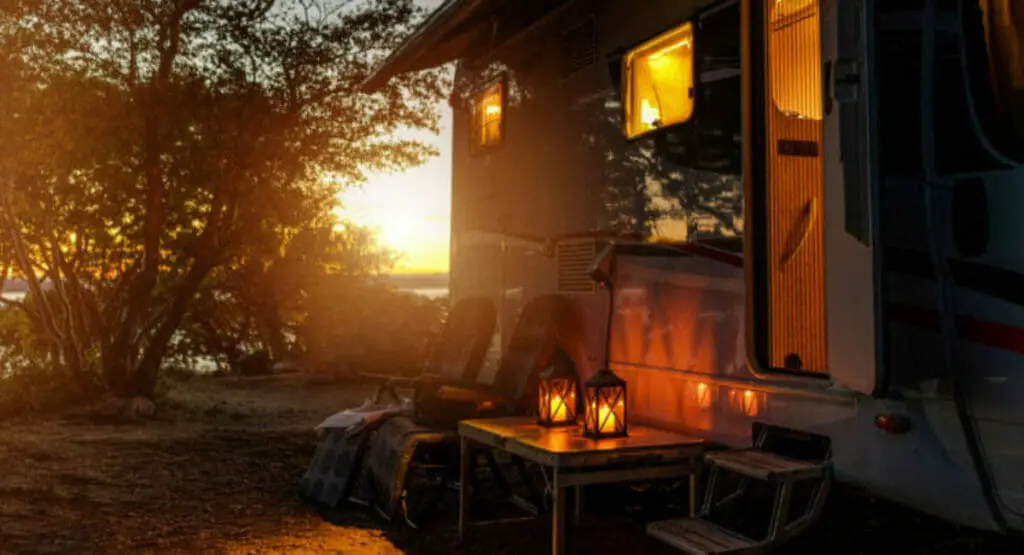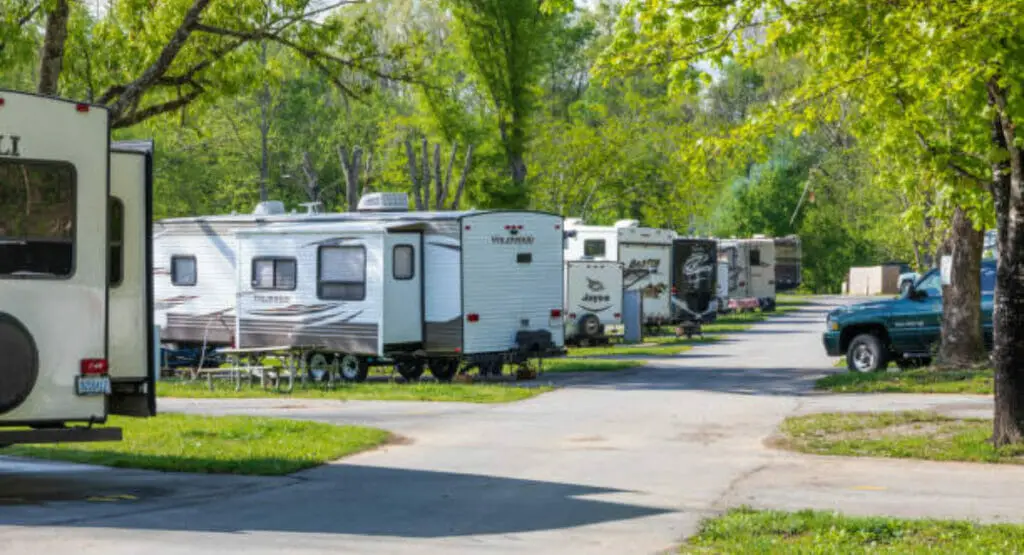I. Introduction
In the world of RV travel, having a reliable generator is crucial for a comfortable journey. However, there comes a time when you need to replace your RV generator. In this guide, we will walk you through the process, from understanding the signs to choosing the right replacement.
II. Signs It’s Time for a Change
1. Unusual Noises
Certainly! If your generator is producing strange sounds, it could be indicative of wear and tear. It’s essential to recognize and identify these unusual noises promptly. Learning to distinguish these sounds can help you take timely action, ensuring the longevity and optimal performance of your generator.
2. Reduced Power Output
As generators age, their efficiency may decline, leading to reduced power output. It’s crucial to understand how to measure the power output of your generator and recognize when it’s time for an upgrade. Discovering the factors affecting power output will empower you to make informed decisions about maintaining or replacing your generator for optimal performance.
3. Increased Fuel Consumption
If you notice a sudden increase in fuel consumption, it could be a clear sign that your generator is facing issues. In this section, we’ll delve into the reasons behind this uptick in fuel usage and discuss what it signifies for your RV. Understanding the factors contributing to increased fuel consumption is crucial in determining the necessary steps, whether it involves maintenance or considering a replacement for your generator.
III. Choosing the Right Replacement Generator
4. Assessing Your Power Needs
Understanding the power requirements of your RV is crucial in selecting the right generator. In this section, we’ll walk you through a simple process to accurately determine your power needs, ensuring your new generator meets all your requirements.
5. Fuel Type Considerations
Generators come in various fuel types, each with its own set of pros and cons. Delve into the specifics of each fuel type, empowering you to make an informed decision based on your preferences and unique circumstances.
6. Size Matters
When it comes to generators, size matters. In this part, discover how to choose a generator that fits seamlessly into your RV’s space without compromising on power. Ensuring the right size is essential for a smooth and efficient replacement process.
IV. DIY vs. Professional Installation
7. The DIY Approach
For the handy RV owner, a DIY installation might be tempting. In this section, we’ll delve into the pros and cons of the do-it-yourself approach. Additionally, we’ll provide you with a step-by-step guide, ensuring a successful self-installation process that empowers RV owners who prefer a hands-on approach.
8. Hiring a Professional
Recognizing that not everyone is a DIY enthusiast, this part explores the benefits of hiring a professional to handle the replacement process. Discover the advantages of relying on an expert to ensure a seamless transition without the stress of DIY installation.
V. Cost Considerations
9. Upfront Costs vs. Long-term Savings
While a high-quality generator may come with a higher upfront cost, it often translates to long-term savings. Uncover the factors contributing to the overall cost of replacing your RV generator and understand how investing in quality upfront can be a wise financial decision.
10. Financing Options
Replacing a generator is a significant investment. This section provides insights into various financing options, from dealership plans to personal loans, making the essential upgrade more manageable for your budget. Understanding your financing options ensures a smooth and financially feasible generator replacement process.
VI. Maintenance Tips for Your New Generator
11. Regular Checks and Inspections
Ensuring the longevity of your new generator involves regular maintenance. In this section, we’ll provide you with a comprehensive checklist for routine inspections and essential maintenance tasks. By incorporating these checks into your routine, you’ll keep your generator running smoothly for years to come.
12. Extending the Lifespan
Discover practical tips and tricks to extend the lifespan of your new generator. This part of the guide offers insights into maintenance practices and habits that can save you money in the long term by preserving the health and efficiency of your generator.
VII. Environmental Considerations
13. Eco-Friendly Options
In an era where environmental consciousness is on the rise, explore generators that not only deliver power but also align with eco-friendly values. Learn about powerful yet environmentally conscious options, allowing you to make a choice that contributes to a greener RV journey.
Conclusion
Embarking on the journey of replacing your RV generator can be a significant decision, but armed with the right information, it becomes a smooth process. From identifying signs of wear and tear to choosing the right replacement, considering DIY vs. professional installation, and understanding the financial aspects, this guide has covered it all.
By assessing your power needs, exploring fuel type considerations, and ensuring the proper size of your new generator, you’ve laid the foundation for a reliable power source in your RV. Whether you opt for a DIY approach or enlist the help of professionals, the decision-making process has been simplified.
Moreover, we’ve delved into the cost considerations, emphasizing the importance of upfront investment for long-term savings. Financing options have also been explored to make this essential upgrade feasible for various budgets.
Once your new generator is in place, the guide doesn’t end. Maintenance tips provided ensure the longevity of your investment, and eco-friendly options cater to the increasing environmental consciousness of today’s RV owners.
In conclusion, replacing your RV generator is not just about upgrading a piece of equipment; it’s about enhancing your overall travel experience. Make informed decisions, follow the provided guidelines, and enjoy a seamless, reliable, and eco-friendly power supply for your RV adventures.
FAQs
Q1: Can I replace my generator myself?
A1: Yes, you can. We’ve provided a guide for a DIY installation in the article.
Q2: How often should I inspect my new generator?
A2: Regular checks are recommended, at least every few months, to catch any issues early.
Q3: Are eco-friendly generators less powerful?
A3: Not necessarily. There are powerful generators available that are also eco-friendly.
Q4: What financing options are available for generator replacement?
A4: Explore various financing options, from dealership plans to personal loans, to find what suits you best.




It’s actually a great and helpful piece of information.
I am happy that you just shared this helpful information with us.
Please keep us up to date like this. Thanks for sharing.